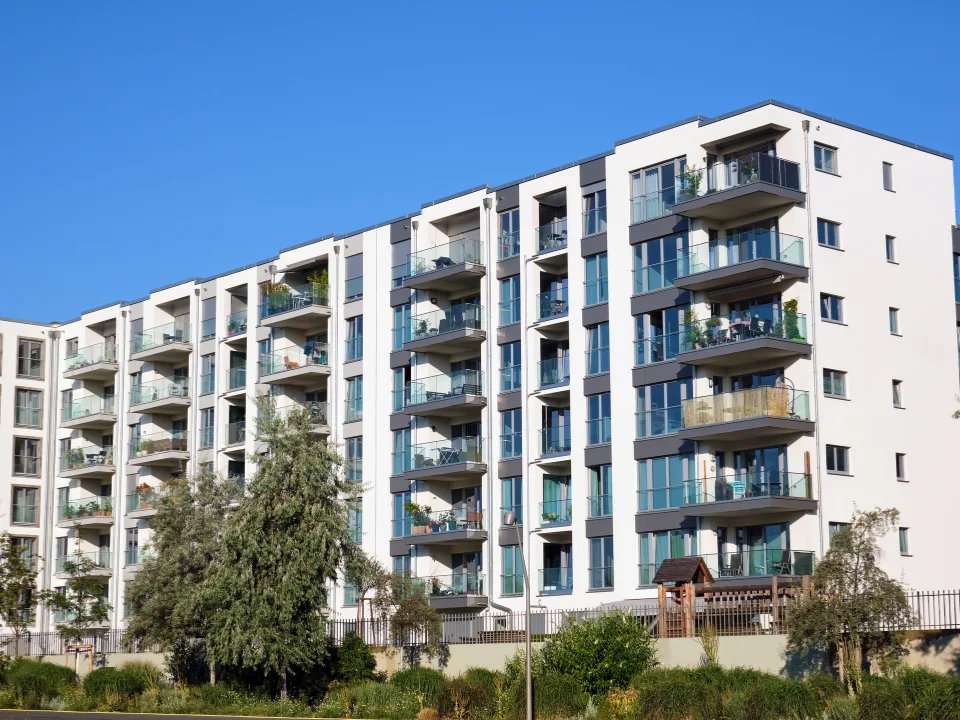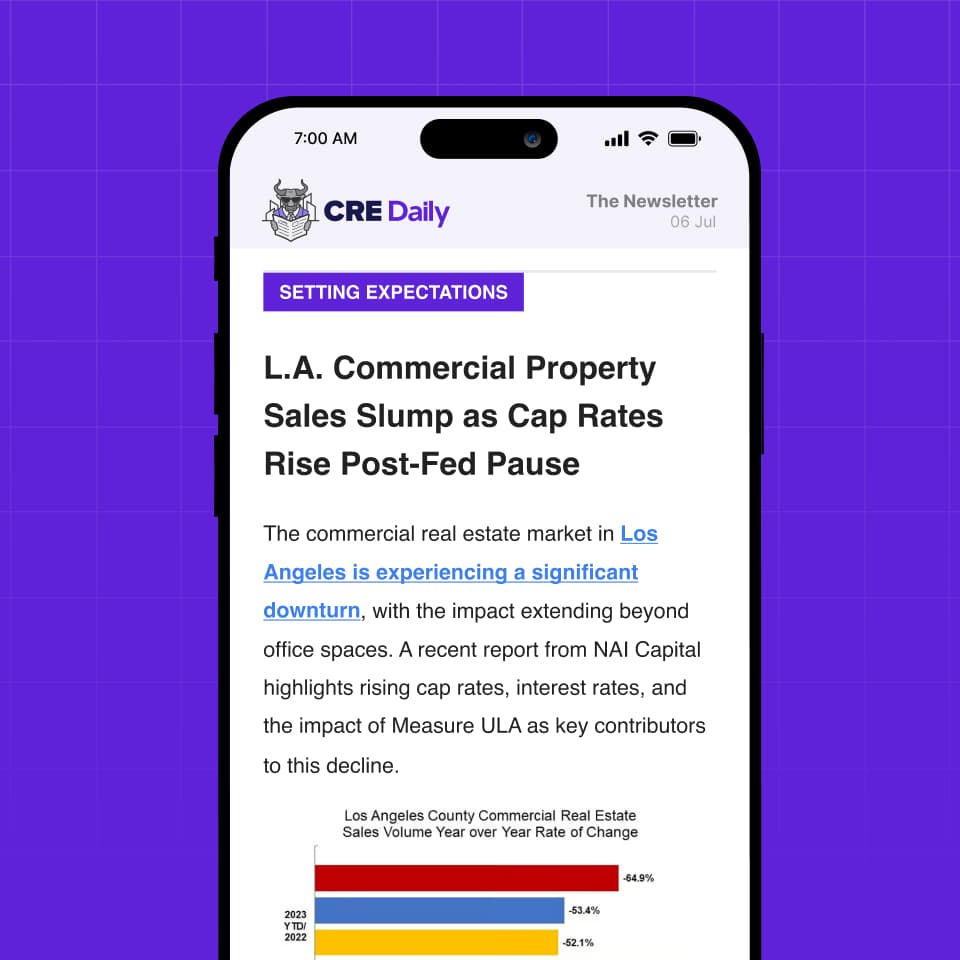- CRE sales surged 30% year-over-year in February, signaling early signs of a potential market rebound.
- Distress rates on CMBS loans declined for the second straight month, contributing to cautious optimism.
- Moody’s says recovery is possible but warns that borrower-lender cooperation is essential amid ongoing uncertainty.
- Private lenders now account for 40% of the CRE debt market as traditional banks pull back.
Mixed Signals: A Market in Transition
After months of stagnation, commercial real estate is showing signs of a rebound, per Globe St.
Moody’s latest report highlights a 30% year-over-year jump in February sales and a second consecutive monthly decline in CMBS loan distress rates. These trends point toward a potential shift out of the market’s freeze, driven by lower interest rates, improving macroeconomic conditions, and long-awaited price discovery via realized losses.
But optimism is tempered. The report makes it clear that the road to recovery won’t be linear. “If lenders and borrowers can make it through the year,” Moody’s states, “an increase in transactions indicates a potential return to stability.”
Get Smarter about what matters in CRE
Stay ahead of trends in commercial real estate with CRE Daily – the free newsletter delivering everything you need to start your day in just 5-minutes
What the Numbers Say
Global commercial real estate equity values fell by 6.2% to $1.31 trillion, reflecting the lingering impact of past losses. Yet other areas showed signs of momentum: loan volumes jumped 18.9% to $64.1B and mortgage volumes rose slightly to $362B.
Pensions & Investments data analyzed by Moody’s painted a similar contrast—equity values dropped by 10.1%, but loan volumes surged 25% and mortgages climbed 7.7%. This push-pull dynamic is helping the market recalibrate and better understand its position in the business cycle.
Private Credit Steps Up
With traditional lenders remaining cautious, private credit has taken a larger role. The Mortgage Bankers Association reports private lenders now make up 40% of the CRE financing market. As institutional banks back away from risk, private capital is filling the void—particularly in larger, high-end, or distressed deals.
Moody’s notes, however, that deal flow remains uneven. Activity is mostly concentrated in large transactions, while smaller assets remain stuck in a pricing standoff. With distressed sales still limited, neither buyers nor sellers are willing to blink first.
Outlook: A Rocky Path to 2026
Looking forward, Moody’s forecasts slow and uneven improvement over the next 12 months. Borrowers and lenders will need to remain agile as they navigate rate uncertainty, shifting asset values, and muted fundamentals in sectors like office and hospitality.
“There’s no silver bullet,” Moody’s warns, noting that the goal for many stakeholders will simply be to “stay in the mix” until conditions stabilize further by 2026.














